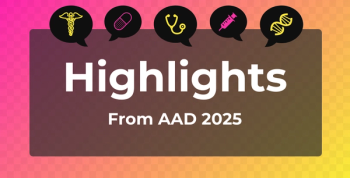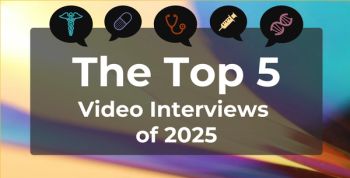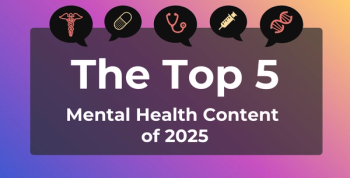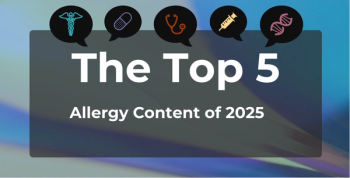
HSCT Viable for Children With Nonremission Acute Lymphoblastic Leukemia
Research into children and adolescents with nonremission acute lymphoblastic leukemia (ALL) has been sparse, but a new analysis suggests that allogeneic hematopoietic stem cell transplantation is a good fit for some patients.
Allogeneic hematopoietic stem cell transplantation (HSCT) appears to be a feasible strategy in some children and adolescents with nonremission
The study,
Corresponding author Yasuhiro Okamoto, MD, and colleagues explained that the most comprehensive studies of HSCT in patients with non–complete remission (non-CR) acute leukemia have included a small number of children, providing insufficient evidence to conclusively support its use in pediatric patients. One problem is that some patients will experience relapse after immunotherapy and HSCT could make patients’ conditions more difficult to manage in such cases.
In hopes of clarifying the benefits of HSCT for children specifically, investigators consulted the Japan Society for Hematopoietic Stem Cell Transplantation patient registry, finding 325 patients with nonremission ALL who were under the age of 21, had blasts in the peripheral blood and/or bone marrow, and who underwent HSCT between the years 2001 and 2015.
Ninety-eight patients were unable to achieve CR following transplant, and thus were excluded from the study’s disease-free survival (DFS) analysis. Each of those patients died within 2.7 years.
Of the 227 remaining patients, the median time to relapse was 154 days, and the 3-year DFS was 26%.
“Of the 227 patients who achieved CR after HSCT, 40 received donor cellular infusion (DCI) and chemotherapy, 28 received DCI only, and one received immunotherapy,” Okamoto and colleagues wrote. “Of the 98 patients who did not achieve CR, 19 received DCI and chemotherapy, and four received DCI alone.”
That translated to a 3-year overall survival (OS) rate of 22% in the overall cohort and a 30% OS in patients who achieved CR after transplant. Mortality in the first 100 days following transplant was 24%. Leukemia was the cause of death in 54% of patients, followed by graft failure (11%), and graft-versus-host disease (10%).
The authors created a scoring system using pre-transplantation variables to help determine which patients would have the best odds with HSCT. The scoring system helped distinguish high-risk and low-risk patients, who had 3-year survival rates of 7% and 41%, respectively.
Poor performance status in the European Cooperative Oncology Group’s scoring system, and the presence of blasts in the peripheral blood and/or bone marrow appeared to be risk factors, which is similarly the case in adults. Receiving more than one HSCT also appeared to be a meaningful factor.
The authors noted that the most frequent cause of treatment failure was leukemia progression. They said newer antileukemic agents might positively affect the impact of HSCT.
“These new treatments are likely to change the strategy of HSCT in patients with non-CR by decreasing pretransplant leukemia cells and suppressing post-HSCT relapse,” they wrote.
The authors said they believe a scoring system could be an important tool in identifying patients who would benefit from HSCT, since it appears a number of different factors play a role in the success of the therapy.
“Even in patients without complete remission, outcomes differed according to pre-HSCT factors,” they said. “A scoring system could help determine the appropriateness of HSCT in children and adolescents with nonremission ALL.”
Reference
Okamoto, Y,Nakazawa, Y,Inoue, M, et al.Hematopoietic stem cell transplantation in children and adolescents with nonremission acute lymphoblastic leukemia. Pediatr Blood Cancer. 2020;e28732. doi:10.1002/pbc.28732
Newsletter
Stay ahead of policy, cost, and value—subscribe to AJMC for expert insights at the intersection of clinical care and health economics.







































